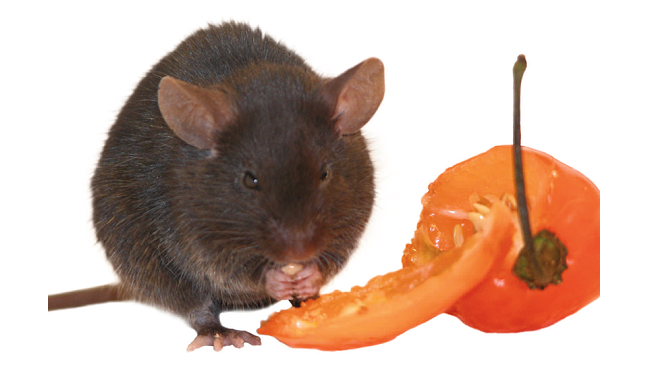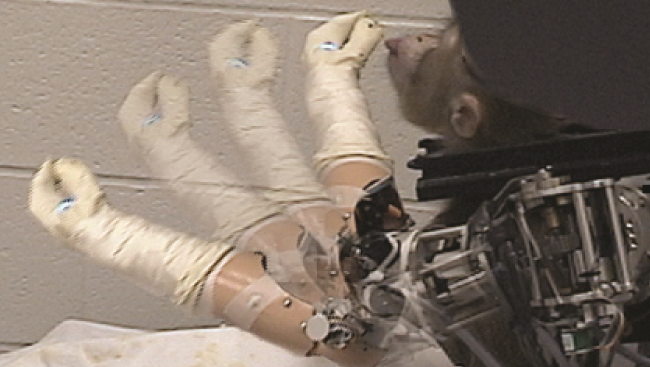Animal Models
- Published9 Mar 2012
- Reviewed9 Mar 2012
- Author Emily K. Dilger, PhD
- Source BrainFacts/SfN
Did you know even animals with simple nervous systems can help us learn about how our own nervous system works? The sea hare has helped scientists understand learning and memory, and fruit flies have led to breakthroughs in our knowledge of depression. Studying brain diseases in mice or monkeys helps us grasp the nature of a disease, as well as the impact of various interventions. Each animal used in the study of neuroscience has benefits and drawbacks.
CONTENT PROVIDED BY
BrainFacts/SfN
Also In Archives
Trending
Popular articles on BrainFacts.org



























